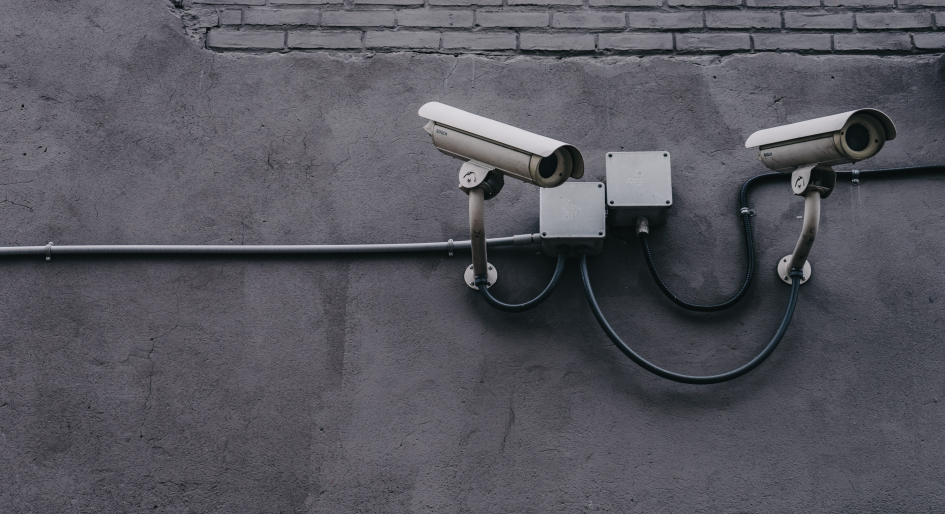Condominium communities face ongoing security challenges such as unauthorized entries, loitering and vandalism.
Most buildings have a CCTV system, but most of the video it records is never watched or reviewed, due to lack of time. As a result, events and activities may be missed, and suspicious behaviour may not be noticed in time to prevent incidents.
However, specialized analytics and network audio are addressing this by combining video surveillance, communication and entry control. Their open interfaces and improved intelligence provide a tool to help detect, document and deter security events and create a safer environment for residents.
Anti-tailgating software
The biggest security vulnerabilities for most condo buildings are the main access doors, which residents use most frequently. While most condos use a multi-tenant card or fob entry system, there is the ever-present risk of unauthorized people following others to gain entry. This “tailgating” can be an ongoing threat to the safety and security of residents, particularly when there’s no reception desk in the lobby to monitor arrivals.
New open IP applications are designed to mitigate these risks. For example, tailgating detectors embedded in a ceiling-mounted network camera can help prevent unauthorized entry by detecting and notifying security if more than one person enters within a set time interval. Built on algorithms originally designed for retail analytics, anti-tailgating software has been installed in thousands of cameras worldwide.
Network speakers
The addition of network speakers allows a pre-recorded message to be played or a remote security guard to send a live, verbal warning to anyone trespassing.
For example, when the camera detects a tailgating event (e.g. when two people enter within a five-second period), the speaker is triggered to play a message similar to this: “We’ve detected that you haven’t signed in. Please exit the door and re-enter/badge back in.” The resident is alerted to the tailgating, and the incident is tracked on the system for further investigation or as part of data collection for future planning. An image can also be captured in this instance and be sent off to building management or security for review or assessment if tailgating is detected, or an alert can be sent to a security guard in real time.
Another example might be when someone holds the door open too long. In that case, the speaker can be set to notify those people involved with a message, while sending an image from the camera or an email to security.
Anti-loitering

The same combination of network cameras and speakers can be used with anti-loitering software. Intelligent algorithms reduce false alarms by analyzing movement and ignoring ordinary background motion caused by swaying foliage and small animals.
If a person is detected loitering or entering a restricted area, building management can decide how it wants the system to respond. The camera can turn on floodlights as a first defense, then send live video and email alerts to remote staff who can take further action. A remote security guard might decide to send a verbal warning to the person; often that’s enough to deter would-be intruders.
The open IP system can be used in more remote areas of a complex — for example, someone trespassing in the tennis courts after they close or someone hanging around a back or side entrance door.
The same set-up can also function as a remote helpdesk in an unmanned parking garage, enabling remote users to receive and communicate information. Managers can also use this combination of network cameras and speakers to issue live announcements during building or city-wide emergencies as well as day-to-day messages about scheduled cleaning and the arrival of repair or maintenance crews.
Listening capabilities
The ability of audio to cover a 360-degree area enables a video surveillance system to extend its coverage beyond a camera’s field of view, increasing the eyes and ears of a property’s security infrastructure. This is especially pertinent in high-risk neighbourhoods where there is a greater prevalence of crime.
Advanced analytics enable cameras with microphones to detect and distinguish the sounds of gunshots, aggression or glass breaking. When a sound is identified, a network camera can be triggered to send and record video and audio, send email or other alerts, and activate external devices such as alarms. In practice, this can mean that an audio event will trigger a PTZ (pan, tilt, zoom) camera to automatically turn to a pre-set location, such as a door or entryway to visually verify the audio alarm.
These applications are now widely used in shopping malls as a key part of prevention and early detection, allowing early notification of security and law enforcement. These applications can also be used to detect activity in areas outside of the camera’s view or can be used in dimly lit areas too dark for the video motion detection functionality to work properly.
While CCTV can record security events, when no one is monitoring its footage it does little to prevent the occurrence of crime as it is about to happen. And while front door access control provides a measure of security, lapses can occur.
New, intelligent cameras can convey real-time information to the building’s security system and raise the alarm sooner, closing gaps in condo security.
Keith D’Sa has more than 15 years’ experience providing insight and strategy tactics around business development, solution selling and account management in the security industry. As national sales manager for Axis Communications Canada, Keith is responsible for business operations in Canada, including new business development and sales team leadership.





